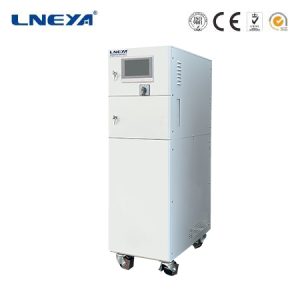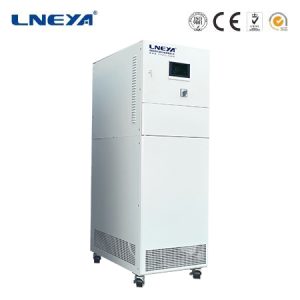Cold Chamber Testing: Assessing Material Performance in Low-Temperature Conditions
Cold chamber testing, also known as low-temperature testing, is a vital process in ensuring the reliability and safety of materials and products that are exposed to cold environments. This testing method is used across industries to evaluate how materials react to temperature changes, potentially affecting their structural integrity and performance.

Purpose of Cold Chamber Testing
Cold chamber testing is conducted to:
Evaluate Material Properties: Determine the behavior of materials at low temperatures.
Ensure Product Safety: Ensure products meet safety standards in cold conditions.
Quality Control: Maintain quality by testing materials during the manufacturing process.
Types of Cold Chambers
Static Cold Chambers: Maintain a constant low temperature for stable testing conditions.
Dynamic Cold Chambers: Simulate temperature fluctuations to mimic real-world conditions.

Process of Cold Chamber Testing
The process involves:
Sample Preparation: Properly preparing samples to avoid contamination or damage.
Temperature Regulation: Ensuring the chamber reaches the desired low temperature.
Testing: Conducting tests while monitoring the material’s response to cold conditions.
Data Collection: Recording data for analysis and future reference.
Factors Affecting Cold Chamber Testing
Temperature Uniformity: Inconsistent temperatures can lead to inaccurate results.
Humidity Control: Some tests may require controlled humidity levels.
Sample Size and Placement: The size and placement of samples can affect the outcome.
Applications of Cold Chamber Testing
These tests are used in:
Automotive Industry: To test components like batteries, tires, and engine parts.

Aerospace Industry: For materials used in aircraft and spacecraft.
Consumer Electronics: To ensure devices function properly in cold weather.
Maintenance and Calibration
Regular maintenance and calibration of cold chambers are essential to ensure accurate testing. This includes checking temperature sensors, refrigeration systems, and insulation.
Environmental Considerations
Cold chamber testing contributes to environmental sustainability by helping to develop materials that perform well in cold conditions, reducing the need for excessive heating or energy consumption.
Conclusion
Cold chamber testing is a crucial process for assessing the performance of materials in low-temperature environments. By understanding the purpose, process, and applications of this testing, industries can ensure the reliability and safety of their products. The advancements in testing technology have made cold chamber testing more accurate and efficient, contributing to the development of high-quality materials and products.
This article provides a comprehensive guide to cold chamber testing, discussing its purpose, types of chambers, process, and applications. It emphasizes the importance of accurate temperature control and monitoring in ensuring reliable test results and highlights the role of cold chamber testing in environmental sustainability and product development.
 LNEYA
LNEYA
 简体中文
简体中文














































































